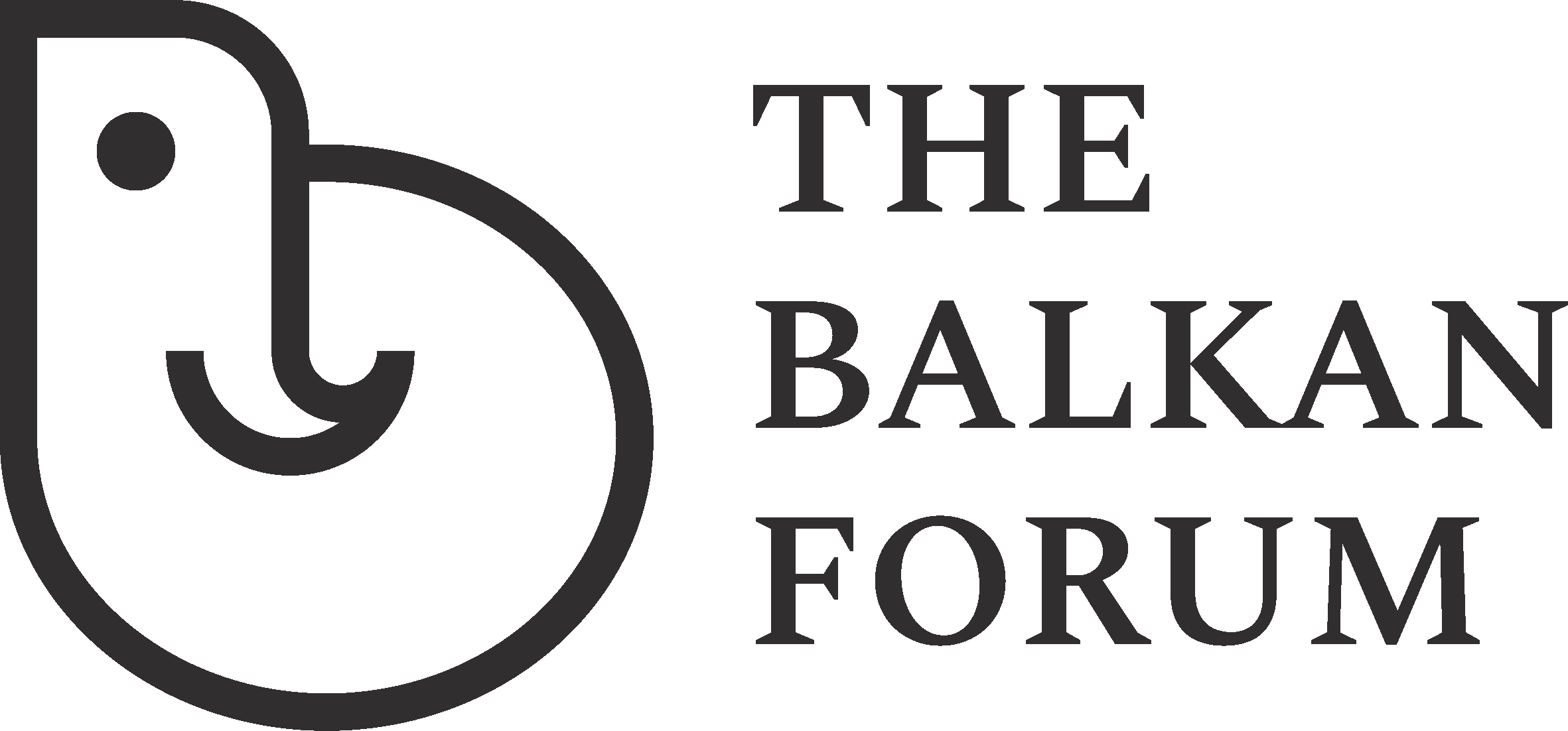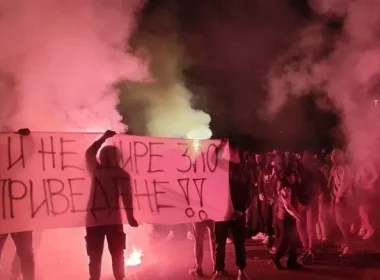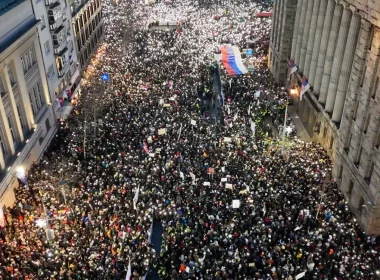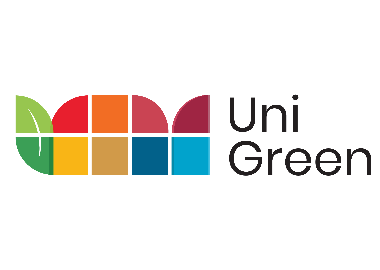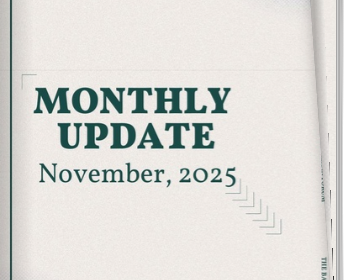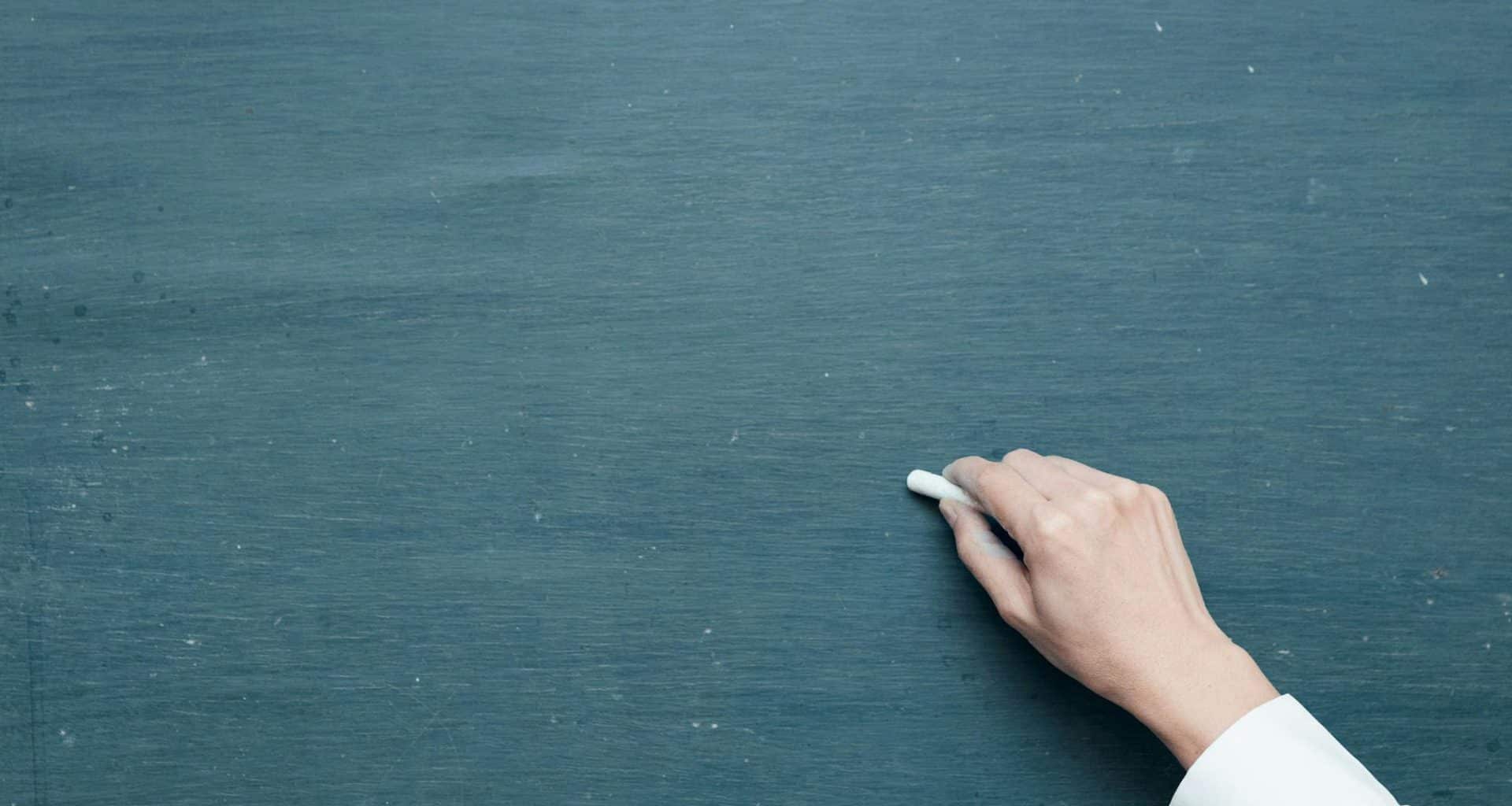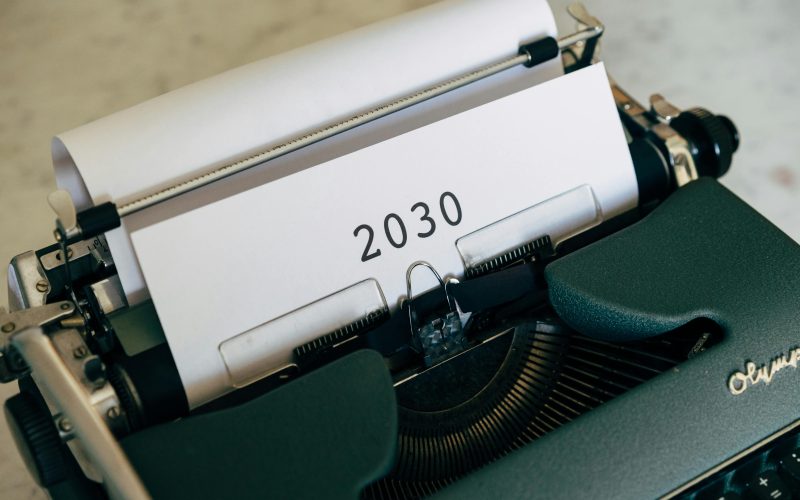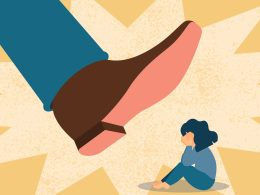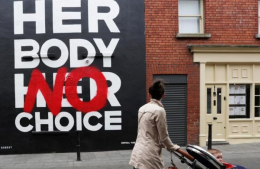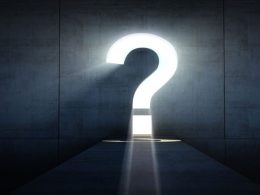Mila Pajić
On this World Teachers Day many will highlight the importance of education and the role teachers play in our lives. They also have a role to play in educating youngsters about the importance of peace and empathy, but what if these teachers are working in poor conditions and societies that instigate inherited divisions, what can we expect from them?
History classes in primary school are often regarded as some of the least favorite subjects—though it might be unfair to use stronger terms.
It’s just that students aren’t exactly excited when they have to learn about Troy, the Dark Ages, Napoleon, or Charlemagne. But as the years go by, history lessons become more compelling. It’s not until the second semester of eighth grade that students finally encounter the historical events that shaped modern Serbia, and that’s when things get interesting.
But the question arises: Are these truly the facts? What exactly are we learning about our recent history?
The first time I realized something was wrong was during a lesson on World War II and the national liberation struggle in our region.
One page in the textbook, two photos.
Josip Broz Tito (leader of the Partisans and former President of Yugoslavia) and Draža Mihailović (leader of the Chetniks), each occupying one half of the page, with a brief text beneath them.
Two movements, one struggle. At least, that’s how we were supposed to understand it.
That was the first time I asked myself whether historical facts are always just facts, or whether they could be something else entirely. It seemed natural to wonder, because why should I question the bravery of Alexander the Great when I knew next to nothing about him? He wasn’t someone we discussed at family gatherings.
But Tito and Draža—Chetniks and Partisans—were different. Two movements, two struggles.
I kept my suspicions to myself, waiting for the day when I could investigate on my own.
And when I did, I realized that a history textbook is not a collection of facts but rather a series of narratives, each of which can be debated for its truth.
When we moved to high school, we were given the chance to go deeper into history—or rather, to edge closer to the present through it.
One of our final history lessons in high school was about the wars of the 1990s.
Again, a controversial topic around the family lunch table.
By then, after our lessons on World War II, I knew better than to take everything said in that class at face value.
One hour, 45 minutes on the war.
Thirty of us sat in that classroom, learning what Operation Storm was, how Serbia suffered during the NATO bombing, and that Prime Minister Zoran Đinđić was assassinated four years after the NATO intervention.
No context, no introduction, no timeline of the war, no count of the victims, no accountability for those convicted of war crimes.
Those thirty high school students, on the verge of adulthood, never heard about the siege of Sarajevo during that lesson. To this day, they probably still don’t know that it was one of the longest sieges of a capital city in modern history.
They hadn’t heard about the camps for Bosniaks, the genocide in Srebrenica, the expulsion of Croats from Vojvodina, or the mass graves of Albanian civilians.
None of this was part of the curriculum. The teacher followed the syllabus, and so he didn’t dare teach the things we don’t speak of—the things that, if mentioned, could mark you as a traitor.
I wondered why. How could the label of “traitor,” so carelessly slapped on anyone who speaks about the war, carry more weight than the facts?
Because facts exist.
Documents, testimonies, archives, court verdicts, and victims—all of these are evidence of our inglorious past.
So why didn’t I have the chance to hear the truth while sitting at my school desk?
Why did I have to seek alternative sources of education just to learn what happened only 30 years ago?
If the thirty of us had learned about the genocide in Srebrenica during that history class, we would likely commemorate the 30th anniversary of that crime with dignity next year.
If the thirty of us had learned about the crimes against Croats in the Republic of Serbian Krajina, no one would now be asking me why I chose Croatia as a vacation destination.
If the thirty of us had learned about the mass graves of Albanians in Batajnica, perhaps there wouldn’t be grotesque murals around the city calling for new atrocities.
Whose responsibility is it that we didn’t learn?
Is it the responsibility of the teachers, who have gone on strike twice since this school year began due to poor working conditions? Or is it the Ministry of Education, which has kept the curriculum closed to truth and reconciliation?
If the thirty of us had learned about the war during that history class, I wonder—how different would family discussions over lunch look today?
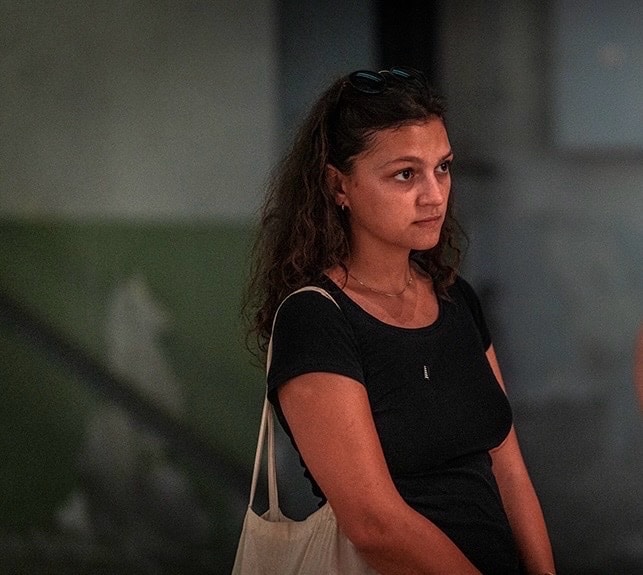
Mila Pajić
Youth Initiative for Human Rights (YIHR – Serbia), Activist and one of the founders of STAV
